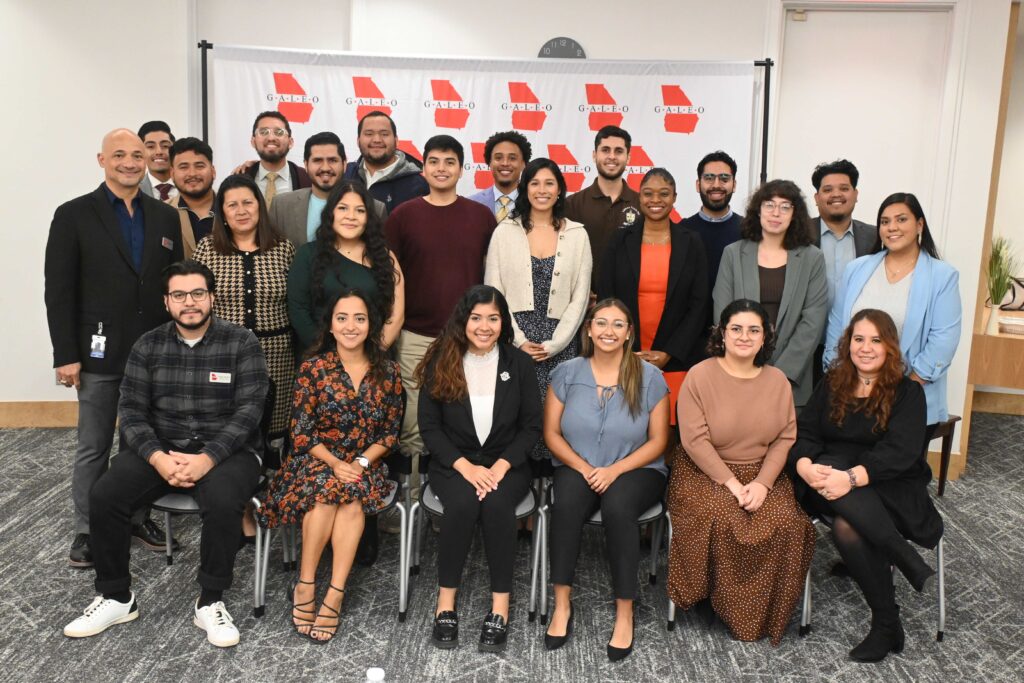
By Alba Villarreal
Brown v. Board of Education established the principle that separate, segregated schools could not be equal. Nearly 70 years later, our schools are still separate, and also extremely unequal. Unequal access to quality education stands as one of the biggest inequalities children face. While it is a problem that affects millions, it is non-white children that suffer the most direct harm due to these inequalities.
Black and Hispanic children, especially from low-income backgrounds, are not receiving the quality education that their white counterparts are. It is estimated that by the fourth grade, Black and Hispanic low-income children are two years behind their average grade level but by the 12th grade, they are up to four years behind.[1]Lack of funding and resources to schools with high minority populations contribute greatly to this issue, as current statistics show that “school districts that predominantly serve students of color received $23 billion less in funding than mostly white school districts” (New York Times, 2019).[2]
Public schools in low income areas suffer from underfunding and students who cannot afford private schooling suffer from lack of resources. These schools are thus not equipped with the books, technology, or experienced teachers that can benefit their students. In Georgia, more than half of all students who attend public schools are students of color, while more than 75% of students enrolled in private schools are white. [3]
Disproportionate access to quality education results in higher dropout rates, lower college admission rates, and lower overall income for Black and Hispanic populations. To ensure the future progress of minority communities, it is vital that children have the same access to quality education. Investing in children’s future means investing in their schooling and ensuring that appropriate funds are set aside for the communities that need it most.
[1] US Department of Education, National Center for Education Statistics. NAEP 1999 Trends in Academic Progress (p. 107) Washington, DC: US Department of Education
[2] Mervosh, Sarah. “How Much Wealthier Are White School Districts Than Nonwhite Ones? $23 Billion, Report Says.” The New York Times, The New York Times, 27 Feb. 2019, www.nytimes.com/2019/02/27/education/school-districts-funding-white-minorities.html.
[3] “Quick-Facts-on-Georgia-Education .” Georgia Department of Education , www.gadoe.org/External-Affairs-and-Policy/communications/Pages/Quick-Facts-on-Georgia-Education.aspx.
NOTE: The opinions expressed in this blog are the opinions of the author only. It is not to be assumed that the opinions are those of GALEO or the GALEO Latino Community Development Fund. For the official position on any issue for GALEO, please contact Jerry Gonzalez, CEO of GALEO at jerry@galeo.org.